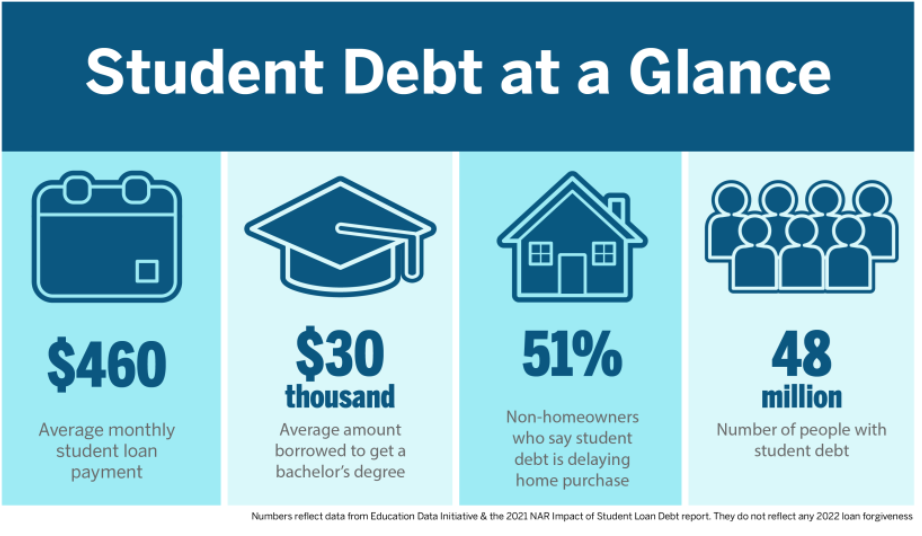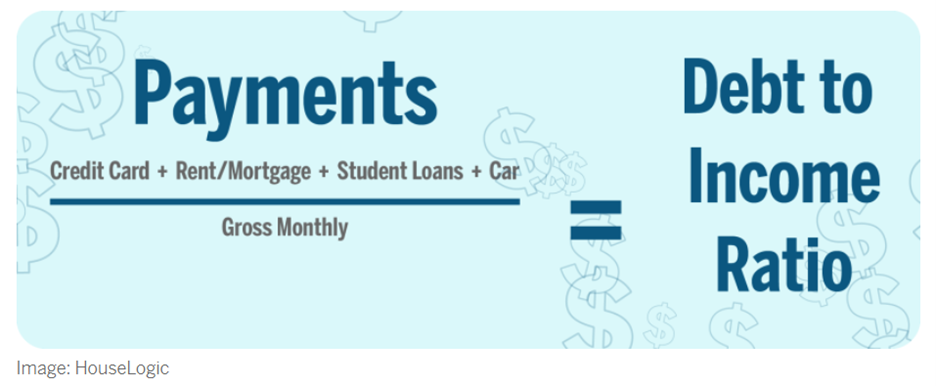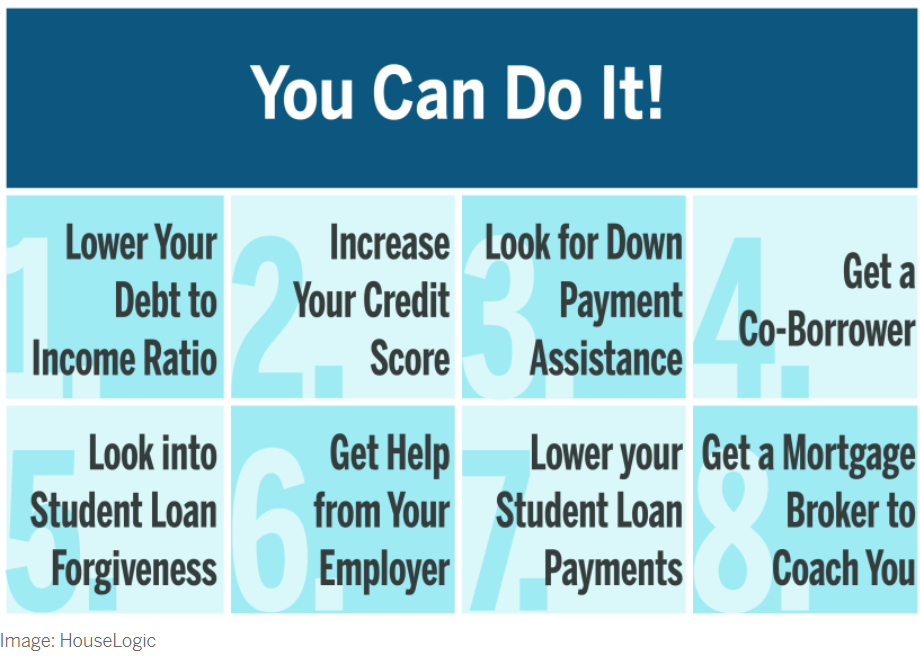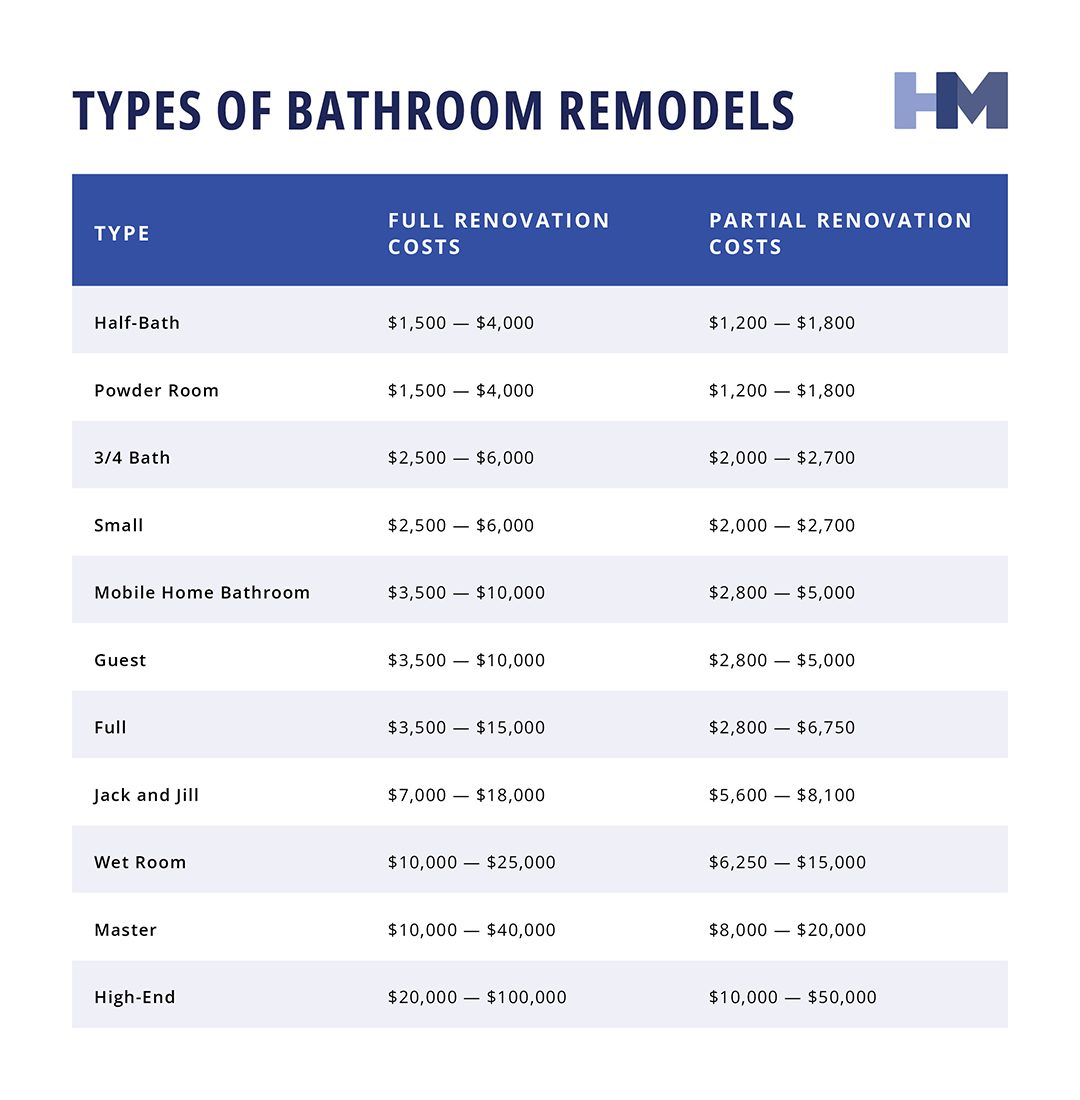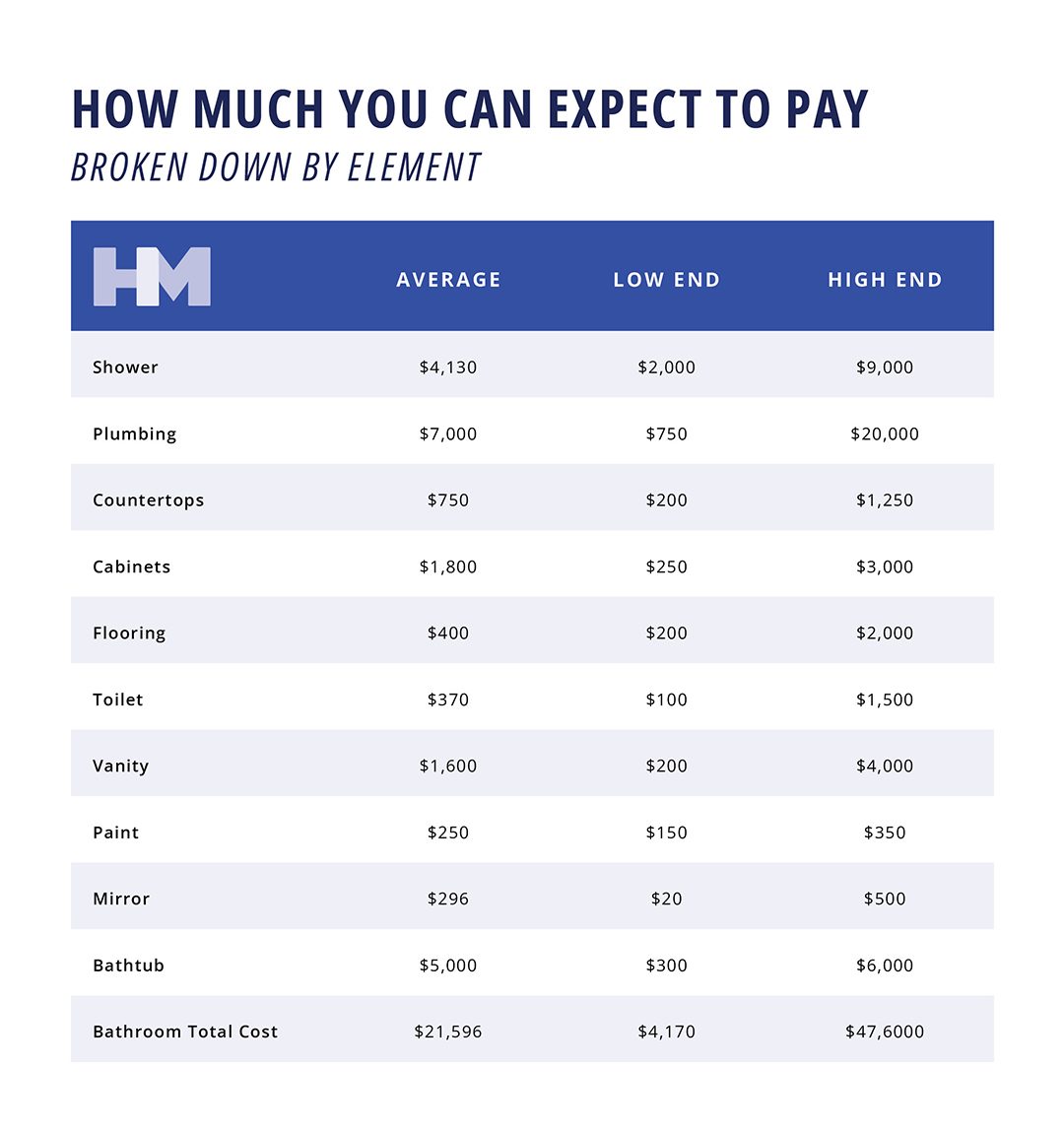
Expert Advice for First-Time Home Buyers and Homeowners
We have asked expert financial and real estate bloggers for their advice to help first-time homebuyers and homeowners looking to sell. Here are their thoughts:
1. Focus on How Long You Plan to Own the Home
Greg Wilson, a Chartered Financial Analyst with 22+ years of real estate investing experience, says that buying a house depends on your time horizon, not the market.
He said, “Unless your time horizon is only a few years, go ahead and buy when you are ready to buy. It’s too tough to predict when and if prices will swing one way or another.
Focus on your time horizon’s goals, not near-term storms. It’s also important to remember that the word mortgage translates to “until death.”
Greg concluded by making the point that this is because a property is a long-term commitment, not a commitment to a market cycle.
Greg Wilson at chachingqueen.com
2. Buying a Primary Residence is Not an Investment
Andrew Herrig of Wealthy Nickel distinguishes between buying properties for investment and buying to have a roof over your head.
He said, “As a homeowner and a real estate investor, I have bought and sold dozens of homes over the past 15 years.
With the current market dynamics of rising interest rates and potentially stabilizing or falling prices, investors and homeowners should be cautious in their approach.”
However, Andrew said, “Buying or selling a primary home is rarely a financial decision. Your home is not an investment and should not be treated as such.
As long as you are not overextending your finances to purchase, there is no reason to wait for a “better” market. Similar to trying to time the stock market and buy on the dips, that market may never come.”
Andrew Herrig at wealthynickel.com
3. House Hack for Financial Independence
Max Marvelous, a financial blogger and money expert at Maxmymoney, says that the best way to deal with the uncertainty and economic risk of a mortgage is to get others to contribute to it.
He said, “With housing accounting for more and more of the typical budget, finding creative ways to decrease your housing expense is prudent. House hacking is how many Millennials are lightening their mortgage load each month.”
He explains that house hacking involves finding a home you can live in while simultaneously earning an income from it. Stating, “There are many ways you can go about this:
- Buying a duplex and renting out the other side
- Renting out individual rooms
- Having an in-laws’ quarters
With my first home, I was able to effectively live “rent-free” due to my tenants paying rental income to me each month.
I was able to invest all the money I would be spending on my mortgage. They had affordable housing, and I received semi-passive income, a win-win situation.”
Max Marvelous at maxmymoney.org
4. Use an Escalator Clause to Avoid Overpaying in a Difficult-To-Read Market
Carley Rojas Avila of Home to Havana recommends an escalator clause to avoid overpaying for a home.
With recent interest rate changes changing the cost of buying a house for most first-time homebuyers, some housing markets remain hot, while others are starting to cool.
She states that “Using an escalator clause can be a great way to save money in this new housing market that can be difficult to gauge.
An escalator clause tells sellers how much you’re willing to spend up to, automatically increasing the amount you offer for the house in specified increments up to a specific price.
If the house receives no other or lower bids, you’re not stuck paying an unnecessarily high price for the home.
This can be a great way to make a sensible offer on a home while not overspending in a time when it can be hard to predict the market.”
Carley Rojas Avila at hometohavana.com
5. Focus on Ideal Home, Not Market as Housing Under-Production May Keep Housing Stable
While surging inflation rates and high inflation are causing many would-be homeowners to question their purchase, David Eberhardt of Nature Of Home, feels like it might be the wrong focus.
David states, “A home impacts your quality of living- positively and negatively.
Having a place to live in the right location, with the right features to live fully, can be worth paying a premium (although it has to be within your budget and financial plans).
So, focus on finding the home you want and less on what the markets are doing. Sellers may feel the pressure to sell as the housing market is cooling and prices may dip, but from 2000-2015 there has been a 5.4% under-production of housing, which should help home prices remain strong.”
Davin Eberhardt at natureofhome.com
6. Go for It
Tim Thomas, of timthomas.co recommends home ownership over renting and suggests if an opportunity to buy a house presents itself, buyers should go for it.
Tim states, “The US economy is facing a very uncertain outlook, and inflation is at historic highs. This is a reflection of how things are with the global economy.
Should this uncertainty be a sign of a pending housing market crash? No one can say for sure, but homeownership is preferable to renting, and you’ll always need a roof over your head.
I’m not an accredited advisor, but I would look at the big picture. If you can get a mortgage at the right price, go for it.”
Tim Thomas at Wealthy Living
7. The Best Time to Buy is When You’re Ready for the Commitment.
The writer for Dad Is Fire, a blog dedicated to gaining financial independence and retiring early, says the best time to buy a home is when you are ready for the commitment, whether it is a rental house or a primary residence.
The expert states, “The sooner you buy the home, the sooner you start paying down the mortgage. But only buy a house you can afford to hold for a while.
In the early 2000s, I bought eight homes. Then in 2008, they dropped in value by ~50%. I wasn’t worried about it since I purchased them with the intention of holding 20+ years.
Now I am retired at 43. Could I have retired if I waited a few years and bought when the market dropped? Probably not yet because I might still be paying down the mortgages. But when you are ready to hold for a long time.”
Anonymous at Dadisfire.com
8. Have a Qualified Team
Latoyia Downs, a travel blogger at The Impulse Traveler, thinks the best advice for dealing with this unpredictable market is to be sure that you have an experienced, qualified team.
She states, “Whether you are a first-time homebuyer, looking to invest, or a seller, hire a professional who fully understands the home buying and selling process.
While you may know about the process, the advice and guidance of someone who deals with these situations regularly are invaluable.
With sellers receiving multiple offers and buyers willing to pay well over the asking price, having an experienced real estate agent and an attorney could help you maneuver unexpected situations and save you time, effort, and money in the long run.”
LaToyia at theimpulsetraveler.com
The Housing Market In Summary
The instability of the housing market can be accredited to the increase in unemployment, the high buyer demand compared to home availability, and labor and supply shortages for builders.
Hopefully, this advice can help first-time homebuyers and sellers maneuver the housing market in this unsteady market.
Article Courtesy of Tim Thomas, Image Courtesy of Careerstepup.com


 Facebook
Facebook
 X
X
 Pinterest
Pinterest
 Copy Link
Copy Link





